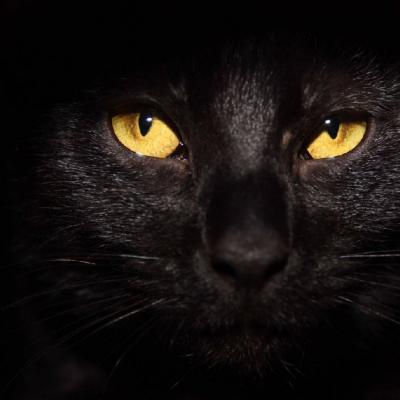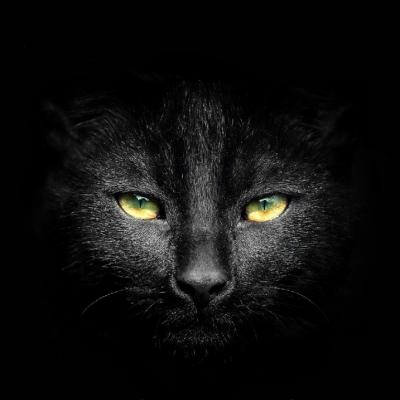 Reverend Henry St. Clair Whitehead, an American author, clergyman, and teacher, was a creative force in the horror and fantasy genres, particularly within Weird Tales. His work is known for its unique fusion of his life experiences, notably in the Virgin Islands, with elements of magic, folklore, and the supernatural. His association with H.P. Lovecraft, resulting in their collaboration on "The Trap", adds a significant layer to his literary legacy.
Reverend Henry St. Clair Whitehead, an American author, clergyman, and teacher, was a creative force in the horror and fantasy genres, particularly within Weird Tales. His work is known for its unique fusion of his life experiences, notably in the Virgin Islands, with elements of magic, folklore, and the supernatural. His association with H.P. Lovecraft, resulting in their collaboration on "The Trap", adds a significant layer to his literary legacy.
From the intriguing landscapes of America, there emerged an imaginative luminary named Henry St. Clair Whitehead (1882-1932). This versatile intellectual, a remarkable triumvirate of author, clergyman, and teacher, solidified his legacy through distinctive contributions to horror and fantasy, most notably within the enchanted corridors of the 'Weird Tales' domain. Born amidst the flourishing culture of Elizabeth, New Jersey, Whitehead was christened by the sacred halls of Harvard and ordained as an Episcopalian minister, displaying a compelling dexterity in the art of letters.
Yet, beyond the austere realms of academia and divinity, Whitehead's spirit was charmed by the dark allure of speculative fiction, with horror claiming his ardor. His quill danced vividly on the canvas of his experiences in the Virgin Islands, a magical era from 1921 to 1929 when he served the Episcopal ministry. These islands, brimming with rich culture, captivating myths, and timeless legends, breathed life into his narratives, culminating in a unique confluence of regional supernatural fiction.
The tale that perhaps best encapsulates Whitehead's craft is "Jumbee", an exquisite tapestry woven from his Caribbean reminiscences. His tales often dance with magic, folklore, and the supernatural, conjuring a radiant amalgam of cultural narrative and eerie horror fiction that resonates in the shadows of the mind.
A captivating turn in his literary odyssey was his collaboration with the legendary H.P. Lovecraft. Their synergistic minds birthed the memorable short story, "The Trap," during a phase when Lovecraft briefly lent his genius to co-authored works. Lovecraft esteemed Whitehead as an entity of expansive learning and sharp intellect, a testament to the latter's multidimensional prowess.
Among the rich tapestry of works woven by Whitehead, the following narratives stand out:
- "The Intarsia Box" (1924) - A tale that encapsulates an enchanting narrative of a beguiling box and its mysterious aura. This story intricately narrates a series of strange events revolving around an intricate box, infusing a sense of mystical allure and horror that plays on the human fascination with the unknown.
- "The Tabernacle" (1924) - A narrative that transcends ordinary realms, delving into a sacred sanctum. "The Tabernacle" explores the powerful and terrifying implications of faith and belief, creating a chilling atmosphere that interrogates the boundary between reverence and fear.
- "Jumbee" (1926) - A tale as tropical as it is terrifying, evoking the mystique of the Caribbean. In "Jumbee", Whitehead weaves Caribbean folklore into a vivid narrative, creating an unsettling and memorable story of spectral apparitions that echoes the dread of the unknown.
- "The Shadows" (1927) - An exploration of darkness and the terrifying forms it takes. "The Shadows" leverages the universal fear of what lurks unseen, presenting a narrative where the familiar becomes unfamiliar, and the darkness becomes a terrifying entity of its own.
- "Cassius" (1928) - A story that examines the contours of ambition and the horrifying implications of unchecked desires. In "Cassius", Whitehead delves into the dark side of ambition, crafting a narrative that cautions against unbridled desire and the horrifying consequences it can lead to.
- "Sea-Tiger" (1929) - An oceanic odyssey filled with fear and fascination. "Sea-Tiger" plunges into the depths of the sea and human fear, narrating a chilling encounter with the unknown in the uncharted territories of the ocean.
- "The Trap" with H.P. Lovecraft (1932) - A collaborative masterpiece that locks readers in a chilling narrative. A product of two masterminds, "The Trap" is a horror tale that skillfully traps the reader in a chilling narrative, reinforcing the dread and terror that the unknown and the unseen can inspire.
Although Whitehead didn't write extensively about Lovecraft, he did mention him in several letters, and their collaboration on "The Trap" has spurred commentary by Lovecraft scholars.
References:
- Joshi, S. T. (2010). Unutterable Horror: A History of Supernatural Fiction. PS Publishing.
- Schweitzer, D. (1993). Discovering Classic Horror Fiction I. Borgo Press.






